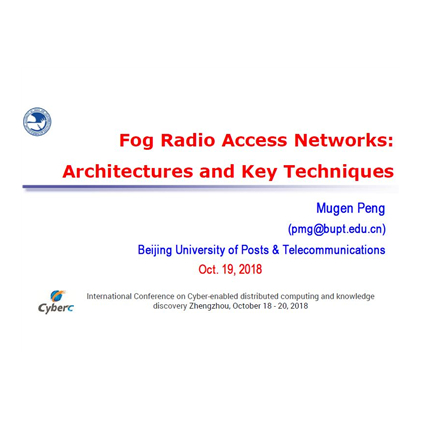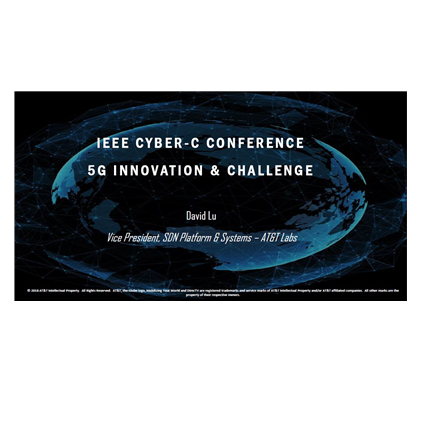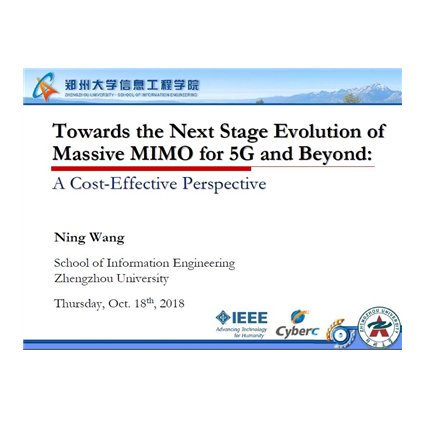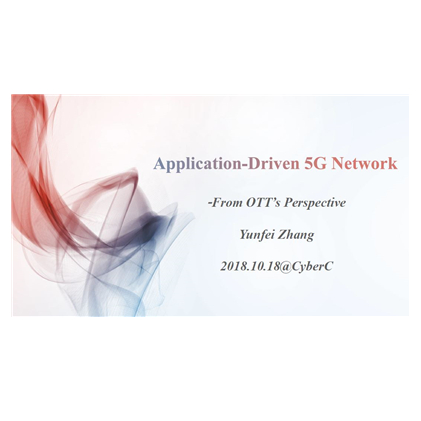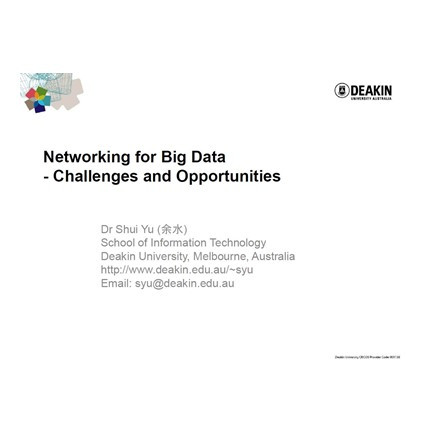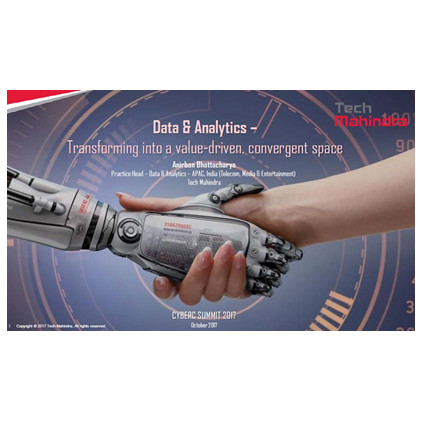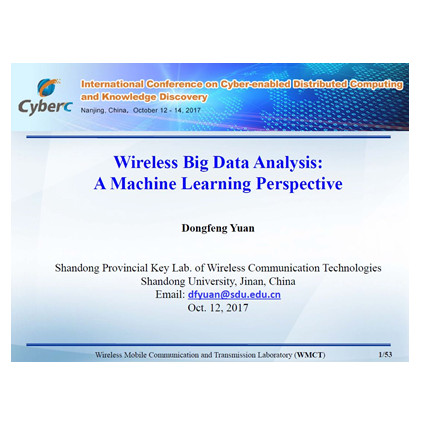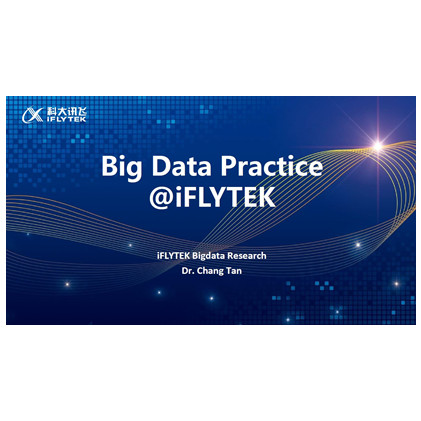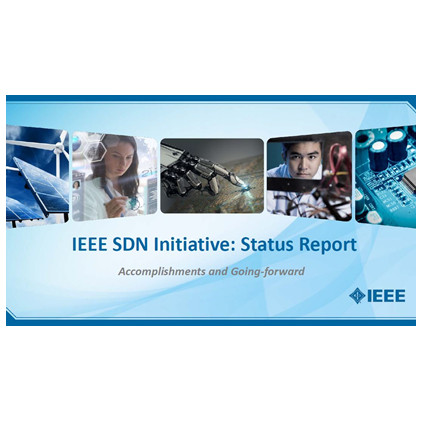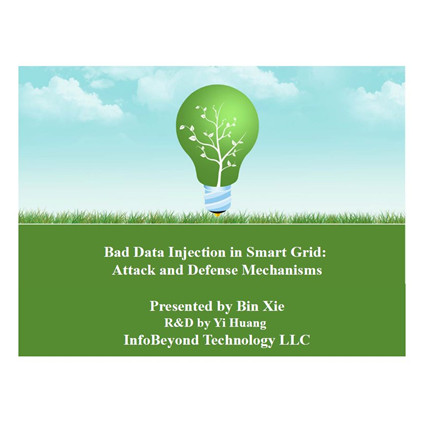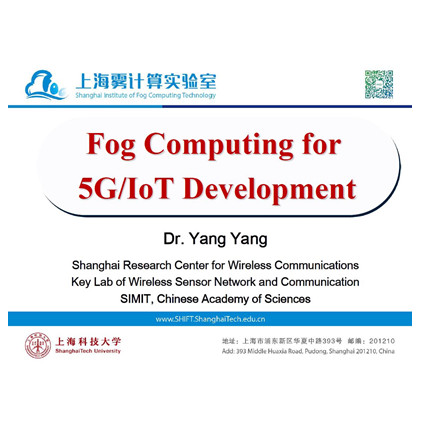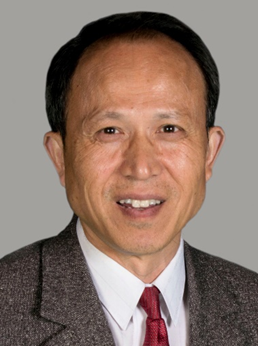
Professor Jiangzhou Wang
- IEEE Communications Society Leonard G. Abraham Prize (2022)
- Fellow of the Royal Academy of Engineering, UK (FREng) (2018)
- Fellow of IEEE (2017)
Biography:
Jiangzhou Wang (IEEE Fellow)
is a Professor at the University of Kent, U.K. His
research interest is in mobile communications. He
has published over 400 papers and 4 books. He was
a recipient of the 2022 IEEE Communications
Society Leonard G. Abraham Prize and the 2012 IEEE
Globecom Best Paper Award. Professor Wang is a
Fellow of the Royal Academy of Engineering, U.K.,
Fellow of the IEEE, and Fellow of the IET. He was
the Technical Program Chair of the 2019 IEEE
International Conference on Communications
(ICC2019), Shanghai, the Executive Chair of the
IEEE ICC2015, London, and the Technical Program
Chair of the IEEE WCNC2013.
Title:
Intelligent Reflecting Surfaces (IRS) for 6G Mobile Communications
Abstract:
While the design of the Intelligent Reflective
Surface (IRS) has a long history in the
electromagnetic literature, communication
applications are still in their infancy. Recently,
IRS-assisted wireless communication has received
considerable attention because of its ability to
support cost-effective and energy-efficient high
data rate communications for next-generation
mobile communications. This talk will explain why
6G mobile communications require an IRS, and what
its application and technical challenges are. It
also introduces the latest research results of the
IRS.
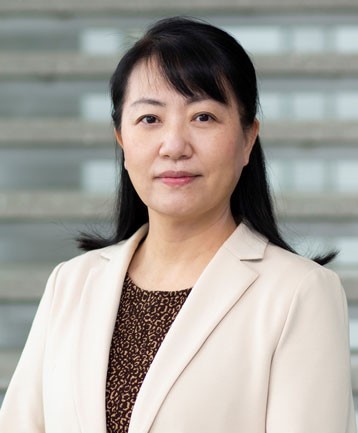
Dr. Rose Qingyang Hu
- Professor, Utah State University, USA
- IEEE Fellow
Biography:
Rose Qingyang Hu
is Professor with the Electrical and Computer
Engineering Department and Associate Dean for research
of College of Engineering at Utah State
University. She also directs Communications Network
Innovation Lab at Utah State University. Besides
decades of academia research experience, she has more
than 10 years industrial R&D experience with Nortel,
Blackberry, and Intel as a technical manager, a senior
research scientist, and a senior wireless system
architect, actively participating in industrial 3G/4G
technology development, standardization, system level
simulation and performance evaluation. Her current
research interests include next-generation wireless
system design and optimization, Internet of Things,
Cyber Physical system, Mobile Edge Computing,
artificial intelligence in wireless networks. She has
published over 300 in leading IEEE journals and
conferences and also holds 30+ patents in her research
areas. Rose Hu is an IEEE Fellow, IEEE Communications
Society Distinguished Lecturer 2015-2018, IEEE
Vehicular Technology Society Distinguished Lecturer
2020-2022, NIST Communication Technology Laboratory
Innovator 2020, and a recipient of Best Paper Awards
from the IEEE GLOBECOM 2012, the IEEE ICC 2015, the
IEEE VTC Spring 2016, and the IEEE ICC 2016. She is
currently serving as the IEEE ComSoc BoG Chief
Information Officer, Associate Editor-In-Chief of IEEE
Commutations Magazine, and ASEE Engineering Research
Council Board of Director. She is also serving on the
editorial boards of the IEEE Transactions on Wireless
Communications, IEEE Transactions on Vehicular
Technology, and IEEE Wireless Communications.
Title:
Federated Learning with Efficiency and Privacy Considerations in Wireless Networks
Abstract:
Centralized data collection and training in
conventional machine learning (ML) algorithms have
raised many concerns including privacy restrictions
and communication cost due to massive amount of data
transfer. Federated leaning (FL) exploits the rapidly
growing computational capacity in small local devices
and allows these devices to train ML models locally
and only exchange the trained model parameters with
the edge server. Through this, FL can greatly
alleviate data privacy concern, reduce communication
cost, and help build a scalable centralized ML
model. FL methods offer a number of prominent
advantages, including scalability and data privacy. On
the other hand, a large-scale wireless network
normally involves many heterogeneous devices with
varying constraints and encounters very dynamic
channel environments. This raises many challenges such
as system heterogeneity, statistical heterogeneity,
privacy and security, user scheduling, fairness in
FL. This talk will present some of our recent research
outcomes on model parameter transmission schemes and
user scheduling strategies in FL that tackle these
challenges. Techniques such as NOMA and over-the-air
computation are introduced to achieve fast ML
training. Model parameter compression and
sparsification are further introduced to reduce the
wireless communication cost. Moreover, model
update-based aggregation is applied to defend against
Byzantine attacks and individual client model
initialization schemes are exploited to enhance
privacy protection in FL.
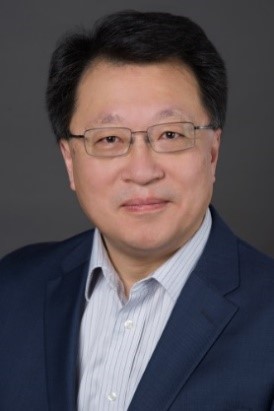
David Lu
- Vice President, Network Systems, AT&T Technology Service - CIO
Biography:
Since joining AT&T Bell Labs in 1987, David has
served in various leadership positions at AT&T. He
has led numerous automation initiatives in AT&T
that resulted in multibillion-dollar savings over
the past 20 years. David holds 57 patents and
frequently appears as a guest speaker at technical
and leadership seminars and conferences throughout
the world. He has received numerous industry
awards including the 2015 Chairman’s Award from
IEEE Communication Society Communications Quality
and Reliability Technical Committee and 2017 CIE
AAEOY (Asian America Engineer of Year)
Award. David Lu currently leads a global team of
more than 2,500 people responsible for the
architecture, development, and engineering of
AT&T’s next generation SDN (Software Defined
Network) automation platform and open source
(Linux Foundation ONAP) enabling AT&T’s network
virtualization and target network systems
transformation including PaaS & SaaS, policy
control & orchestration, hyper-automation and
AI/ML driven data analytics. David is a
well-respected leader in large scale, real time
software architecture and development, network
performance and traffic management, workflow and
policy-controlled automation, large databases and
big data implementation/mining/analytics, machine
learning, artificial intelligence, software
reliability and quality, and network operations
process engineering.
Title:
Collision of Next Generation Communication Technologies
Abstract:
The world of communication technology has rapidly
evolved from coaxial to fiber, from wireline to
wireless, from low speed to super highspeed
broadband, from 4G wireless to 5G and other
breakthrough technologies such as LEO (Low Earth
Orbit) satellite communication networks, from
hardware centric architecture to software centric
architecture. These changes not only brought
transformational impact to the science and
technology fields but also enabled use cases that
would introduce unimaginable economical and social
impact to the world in the next 2 decades.
This talk will provide an industry landscape while
focus on the latest technology development in the
communication field as well as specific use cases
that might be enabled by 5G, 5G+, 6G terrestrial
wireless networks, LEO satellite communication
networks, multi-gig consumer and business
broadband services, ultrafast and multi Tera-bits
optical networks, and virtualized software centric
networks. The talk will highlight the industry
operational challenges in implementing such
transformation, especially the AI driven network &
operations, and business use cases for these
technology advancements. In particular, the talk
will cover a) 5G Slicing & On-demanding network
capacity, b) Neural Networking using Deep Learning
analytics, c) Millimeter wave length technology
and operation challenges and use cases, d) Smart
City 5G current and future use cases, e) Future of
ORAN and meeting its requirements with ONAP (Open
Network Automation Platform).
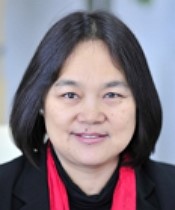
Dr. Chih-Lin I
- IEEE Fellow
- Chief Scientist, Wireless Technologies, China Mobile Research Institute, China
Biography:
Dr. Chih-Lin I
received her Ph.D. degree in electrical
engineering from Stanford University. She has been
working at multiple world-class companies and
research institutes leading the R&D, including
AT&T Bell Labs; Director of AT&T HQ, Director of
ITRI Taiwan, and VPGD of ASTRI Hong Kong. She
received the IEEE Trans.COM Stephen Rice Best
Paper Award, is a winner of the CCCP National 1000
Talent Program, and has won the 2015 Industrial
Innovation Award of IEEE Communication Society for
Leadership and Innovation in Next-Generation
Cellular Wireless Networks. In 2011, she joined
China Mobile as its Chief Scientist of wireless
technologies, established the Green Communications
Research Center, and launched the 5G Key
Technologies R&D. She is spearheading major
initiatives including 5G, C-RAN, high energy
efficiency system architectures, technologies and
devices; and green energy. She was an Area Editor
of IEEE/ACM Trans.NET, an elected Board Member of
IEEE ComSoc, Chair of the ComSoc Meetings and
Conferences Board, and Founding Chair of the IEEE
WCNC Steering Committee. She was a Professor at
NCTU, an Adjunct Professor at NTU, and currently
an Adjunct Professor at BUPT. She is the Chair of
FuTURE 5G SIG, an Executive Board Member of
GreenTouch, a Network Operator Council Founding
Member of ETSI NFV, a Steering Board Member of
WWRF, a member of IEEE ComSoc SDB, SPC, and
CSCN-SC, and a Scientific Advisory Board Member of
Singapore NRF. Her current research interests
center around "Green, Soft, and Open".
Title:
TBD
Abstract:
TBD
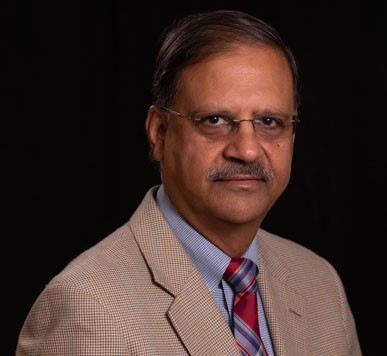
Prof. Anup Kumar
- University of Louisville, Kentucky, USA
Biography:
Anup Kumar
Anup Kumar is currently a Professor of Computer
Science and Engineering Department at the
University of Louisville. He is also the Director
of Mobile Information Network and Distributed
Systems (MINDS) Lab. His research interests
include distributed system modeling, network
security, and mobile computing. He is an Associate
Editor of Internal Journal of Web Services
Research. He was an Associate Editor of IEEE
Transactions on Services Computing and
International Society of Computers and Their
Application Journal. He was a member of IEEE
Distinguished Visitor Program (2006-2008). He was
the Chair of IEEE Computer Society Technical
committee on Simulation (TCSIM) (2004-2007). He
has published and presented over 200 papers. Some
of his papers have appeared in ACM Multimedia
Systems Journal, several IEEE Transactions,
Computer, IEEE Transactions of Reliability,
Journal of Parallel and Distributed Computing,
IEEE Journal on Selected Areas in Communications
etc. He was the Associate Editor of IEEE
Transactions on Services Computing for four years
and International Journal of Engineering Design
and Automation from 1995-1998. He has served on
many conference program and organizing committees
such as CyberC-2020, IEEE ISCC 2007, IEEE
ICSW-2006, IEEE MASS-2005, IEEE SCC-2005, IEEE
ICWS-2005, CIT-2005, IEEE MASCOTS, ADCOM 97 and
98. He has also edited special issues in IEEE
Internet Magazine, and International Journal on
Computers and Operations Research.
Title:
Reset Based Recovery Mechanism through Entropy Cutoff to Counter BUS-OFF Attacks
Abstract:
The CAN BUS operations provides significant
communication infrastructure for interaction
between various components in a vehicle. An
alarming number of attacks exploit the built-in
CAN bus error handling mechanism by launching
various attacks either through wired/wireless
medium. Security of message communication is given
the least priority over the protocol
operation. This talk plans to explore the error
handling mechanism built-in the control area
network (CAN) node through our strategic
experimentations by generating errors and forcing
the compromised CAN nodes to three error states
i.e. Error-Active, Error- Passive and BUS-OFF
state. These BUS-OFF attacks exploit weaknesses in
security measures to make CAN bus operation
malfunction. Since, CAN ECUs are not expected to
leave error-active state except under some
exceptional conditions, BUS-OFF attacks are
understudied and under explored. The solution
discussed in this talk is based on MAC based
encryption-decryption through block chain
methodology to provide robust functionality. The
proposed method is significant in terms of not
impacting other nodes in the CAN bus and also
having the ability to mitigate BUS-OFF attack by
detecting it without impacting preceding or
succeeding CAN message frames.
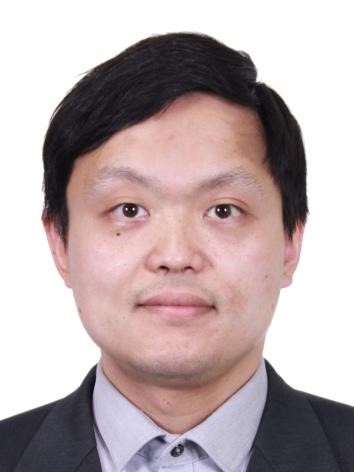
Prof. Rentao Gu
- Beijing University of Posts and Telecommunications
Biography:
Rentao Gu,
Vice Dean and Professor in School of Information
and Communication Engineering, Beijing University
of Posts and Telecommunications (BUPT), China. He
received the Ph.D. degree from BUPT in 2010. From
2008-2009, he studied in Networks and Learning Lab
in Georgia Institute of Technology, USA, as a
visiting scholar. Since 2010, he has joined BUPT
as a faculty member. After that, as the project
leader and principal researcher, he has
successively undertaken more than 10 national,
ministry-level research projects related to the
software defined optical networks, 5G transport
network, and AI enabled networking. He has held
more than 30 U.S. invention patents and Chinese
invention patents, and published many
peer-reviewed journals and conferences papers. His
inventions and technical contributions were
awarded the National Science and Technology
Progress Award of China and several other science
and technical awards.
Rentao served in the Organizing
Committee/Technical Program Committee of various
international conferences (such as
GLOBECOM/ICC/NFV-SDN), was Young Professional
Standing Committee Member of IEEE Communication
Society from 2016 to 2017 and MDC member of IEEE
Computer Society from 2012 to 2013. He is
currently the Lead Coordinator of Region 10 Young
Professional Committee. Rentao is a Senior Member
of the IEEE.
Title:
AI Enabled Autonomous Optical Networks
Abstract:
The emerging services require network with high
bandwidth, large-scale connection, low-latency and
high reliability, which urgently require the
network itself to carry out “intelligence
upgradation”. In particular, the operation
optimization of optical networks becomes more
complex and difficult, due to state unawareness,
higher resource dimensions in the optical layer,
and much more constraints in the optical
network. Artificial intelligence and open
programmability have improved the perception,
decision-making and execution capabilities of
optical networks, and promoted optical networks to
move towards "intelligent autonomy". However, the
complexity of optical networks and the limitations
of current artificial intelligence algorithms
still face many challenges. This talk will review
the history of optical network intelligence
development, analyze the essential logic and key
technologies of the development trend, and
introduce the progress in optical network
perception, transmission, decision-making, etc.

Prof. Guangxia Xu
- Guangzhou University
Biography:
Guangxia Xu,
Professor and Ph.D. Adviser in Cyberspace
Institute of Advanced Technology, Guangzhou
University. She is currently a Senior Member of
the China Computer Federation (CCF), Blockchain
Committee member of CCF, ACM and Senior IEEE
member. She has served as the Director of Big Data
Security and Intelligence Analytics Technology
Innovation Team at Chongqing University. She was a
Visiting Scholar at the Stevens Institute of
Technology, New Jersey, USA.
Her research interests include Cyberspace
Security, IoT Security, Big Data Security and
Analytics, Blockchain Technology and AI
Security. Extensive and novel results have been
accomplished and most of them have already been
published through high-quality journals,
conference papers and projects. She was in charge
of National Science and Technology Support
Projects, National Natural Science Foundation of
China, Information Security Projects of National
Development and Reform Commission, and many
more. In addition, she is a reviewer or editorial
board member for ACM Computing Surveys, Digital
Communications and Networks, and so on.
Title:
TBD
Abstract:
TBD
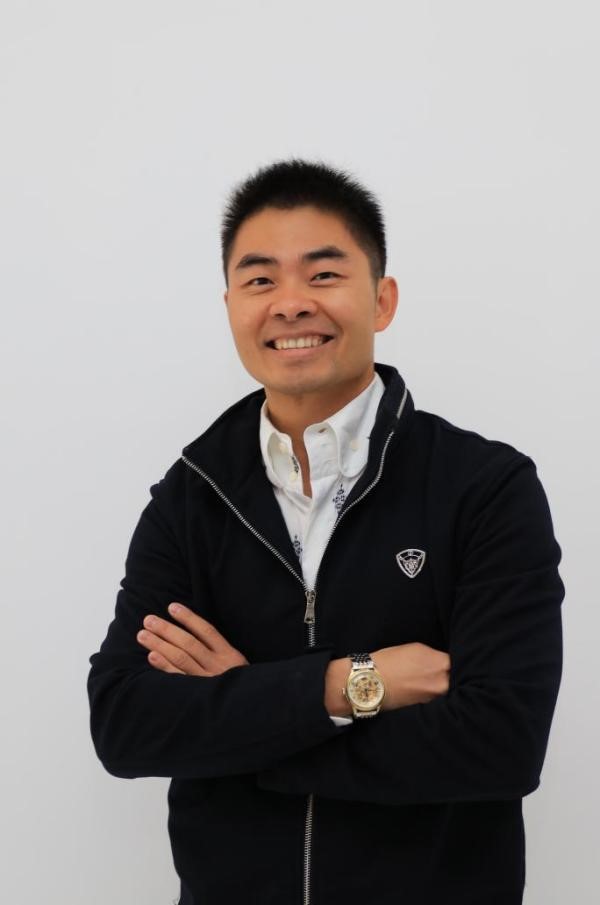
Dr. Jiaming ZHANG
- Chinese University of Hong Kong (Shenzhen)
Biography:
Dr. Jiaming ZHANG
is currently a Research Fellow and Head of the
Rehabilitation Robotics Lab in the Institute of
Robotics and Intelligent Manufacturing, the
Chinese University of Hong Kong (Shenzhen),
Shenzhen, China. He joined the Neurocomputing and
Robotics Group led by Prof. Noel Sharkey and
Dr. Amanda J.C. Sharkey, in the Department of
Computer Science, University of Sheffield in
October, 2008, and completed his Ph.D. in Computer
Science in Spring, 2013. He received B.Sc. in
Communication Engineering and M.Sc. in Control
Systems in Chongqing University, China and in the
University of Sheffield, UK, respectively. Before
he moved to Shenzhen, he joined the Advanced
Robotics Lab (ARL) in the Chinese University of
Hong Kong, Hong Kong, as an assistant research
fellow. Currently He has led over 3 and
participated as a core member in 8 national,
provincial and municipal
research/industrialization projects (more than 10
million RMB funds granted), and has published more
than 15 research articles and has applied for more
than 20 patents in the field of robotics and
AI. Dr. ZHANG is a member of Guangdong Association
for Artificial Intelligence and Robotics, and a
member of Guangdong Society of Image and
Graphics. Dr. ZHANG also served as a visiting
associate research fellow in Peng Cheng Laboratory
(a National Key Laboratory based in Shenzhen),and
in Shenzhen Institute of Artificial Intelligence
and Robotics for Society, in 2021. His research
interests include Socially Interactive Robots,
Health Care Robotics, Marine Robotics, Pattern
Recognition and Artificial Intelligence, Deep
Reinforcement Learning, Robotic Hardware and Smart
Sensors Design.
Title:
Enhancing Capabilities of Medical Robotic Platforms with Deep Learning and AI
Abstract:
Big data and machine learning are having an impact
on most aspects of healthcare. In recent years’
patient-centered care has greatly utilized the
latest technologies of artificial intelligence
(AI) and robotics to support diagnosis,
decision-making and treatment. Example use cases
of deep learning (DL) and AI deployed in two
different medical robotic platforms, e.g., a
socially interactive robot for autistic
rehabilitation, and a 5G mobile platform for
telemedicine such as dermatology, will be
presented in this talk. DL frameworks and
algorithms such as Intention Understanding,
Attention-Based Interaction, and how they enhance
some key capabilities of robotic platforms, will
be elaborated. Potential use of AI and robotic
applications in healthcare will be also discussed
in this talk.
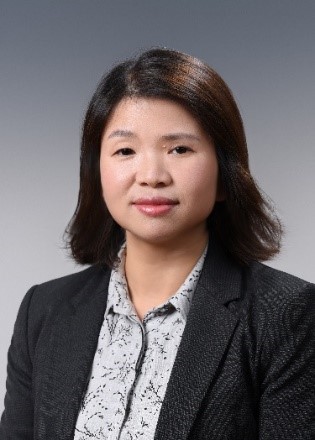
Prof. Xiaoqun Zhang
- Institute of Natural Sciences, Shanghai Jiao Tong University, China
Biography:
Dr. Xiaoqun Zhang
is a distinguished professor at School of
mathematics Sciences and Institute of natural
sciences in Shanghai Jiao Tong University. She
received her Bachelor and Master degrees from
Wuhan University and obtained her PhD degree in
Applied Mathematics from University of South
Brittany, France. She worked in University of
California, Los Angeles as a CAM Assistant
Professor. Her research interests include
mathematical modeling and algorithms for imaging,
data science and machine learning.
Title:
Medical Image Reconstruction from limit data: from sparsity to deep learning
Abstract:
Along with the rapid development of modern medical
imaging technologies and computational resource,
medical images play more and more important roles
in various clinical applications. However, there
still present many modeling and computational
challenges for reconstruct medical images with
high accuracy and efficiency in practice,
especially from limited and corrupted data due to
data acquiring speed acceleration and radiation
dose reduction. In this talk, I will first present
sparsity promoting and redundancy exploring
approaches for some classes of image restoration
problems, such as multi-modality image and dynamic
images. Then I will present deep learning-based
approaches for image reconstruction in both
supervised and unsupervised regimes, along with
two typical medical image reconstruction tasks:
fast MRI and low dose CT.

Dr. Weihua Ye
- AT&T, USA
- Engineer of the Year
- Technical leadership in wireless analytics & automation, and contributions to Radio Access Network (RAN) open standards & programmability.
Biography:
Dr. Weihua Ye
currently serves as a Director Member of Technical
Staff at AT&T Labs. She has over 20 years of
experience in the wireless industry, with a
Ph.D. from Syracuse University in Electrical
Engineering and an MBA from the Kellogg School of
Management, Northwestern University. Since 2005,
Weihua has taken on various technical and
leadership roles at AT&T, including engineering
manager, Radio Access Network (RAN) platform
architect, and wireless analytics & automation
lead. She exhibits great passion with an
outstanding track record of improving both network
performance and customer experience.
Weihua challenges herself and others to think
outside of the box, take a holistic approach, and
embrace partnership. Her network analytics team
has developed a popular mobility tool suite with
over 80K usages per month, which is able to
provide remote testing and scaled screening of
passive intermodulation, check mobility customer
quality, and diagnose root causes. It reduces the
number of cell site visits (avoiding over $15M in
annual costs) and improves mean time to
resolution. Weihua is instrumental to driving RAN
openness and automation, being one of AT&T's key
contributors in establishing the industry's O-RAN
alliance. In 2017, her team successfully
prototyped an automated closed-loop algorithm and
demonstrated the feasibility of near real time RAN
control. In following years, three use cases have
been developed and taken through field trials. For
over two years, her team represented AT&T in O-RAN
as the co-chair of WG2. By giving innovations a
practical application, Weihua has helped shape the
future of open and software-defined RAN. Her
recent project on end-to-end cross-layer
diagnostics and geolocation-based analytics is
revolutionizing wireless service assurance and
network optimization.
Dr. Ye has seven papers published in prestigious
journals and conferences, as well as ten patents
issued by the IJSPTO. She and her husband have two
children, a rising college freshman and a high
school sophomore. Outside of work, Weihua enjoys
music, reading, and hiking. She also runs
marathons.
Dr. Ye received the 2022 Asian American Engineers
of the Year (AAEOY) Award from the Chinese
Institute of Engineers, USA (CIE/USA). The
Institute was established in 1917.
Title:
Mobile Network Instrumentation in Support of Customers' Quality of Experience
Abstract:
A 'Good Network' is not something that customers
can pick up, experience directly, and evaluate on
its own merit. Applications are the interface
through which customers interact with mobility
products. However, the relationship between
application behavior and the underlying network is
very complex – too few resources can cause the
application to fail catastrophically, while too
many resources can be wasteful with no customer
benefit. Studying Application Experience Metrics
and determine "What do applications actually need
from the Mobility Network to create a 'good'
customer experience?" is fundamental not only to
improve customer experience, but also to unlock
opportunities for premium services and product
differentiation. To ensure network meets the
application QoE requirements, we need
comprehensive instrumentation for every segment of
network across RAN, Transport, and Mobility Core,
as well as an end-to-end performance model built
upon them. Historically operators have favored the
average or peak performance metrics. Recent
customer surveys in the industry indicate that the
customer experience is more relevant to bottom
percentile in stats than top percentile, which
embodies a focus on the consistency and
reliability of the network.
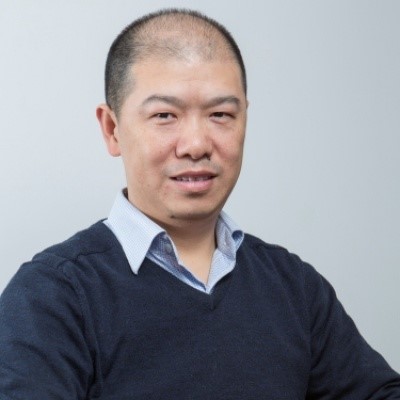
Prof. Fei Ma
- Xi'an Jiaotong-Liverpool University
Biography:
Prof. Fei Ma
is currently the Associate Vice President
(research) of Xi'an Jiaotong-Liverpool University,
and a Professor of Applied Mathematics
department. He obtained his BSc. And MSc. both in
computational mathematics in 1999 and 2002
respectively. In 2008, he obtained his Ph.D. in
applied mathematics from the Flinders University
of Australia.
Prof. Fei Ma worked as a software engineer in
Shenzhen Kingdee Software Co., Ltd. during 2002
and 2004. After he completed his PhD, he worked as
a mathematics lecturer as well as a research
fellow in Flinders University. In 2009, he joined
Symbion, Australia's second largest pharmaceutical
wholesaler, as an analyst of national inventory
center. In 2012, he joined Xi'an
Jiaotong-Liverpool University, where he has served
as the director of the Center for Mathematics and
Physics, the acting and deputy head of the
Department of Mathematics, and the policy dean of
research and graduate studies of the university.
Prof. Fei Ma’s research interests include medical
image analysis, particularly on computer aided
breast cancer diagnosis with mammogram and
chromosome image analysis; big data analytics;
inventory forecasting; and graph matching. He has
published more than 60 international journal and
conference papers, and has been the PI, co-PI and
member of more than 20 external research
grants. He was the founder and the first director
of the intelligent computing and fintech lab. He
was a member of standing committee of China Higher
Education Society Educational Mathematics
Committee, a board member of Cambricon Fintech
Research Institute, and a member of China Society
for Industrial and Applied Mathematics (CSIAM)
Financial Technology and Algorithm Professional
Committee (Preparatory).
Title:
Artificial intelligence and medical image processing
Abstract:
TBD
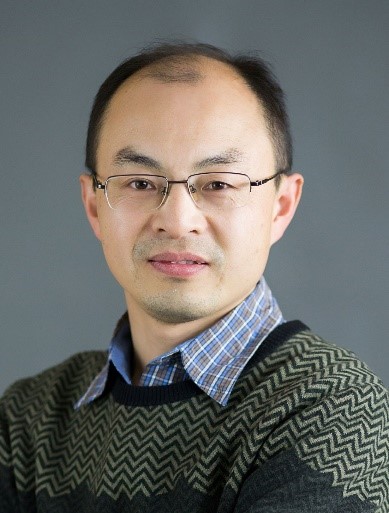
Dr. Yi Wang
- Research Expert at Huawei, Shanghai
- Vice chair of IEEE Chapter in Shanghai
Biography:
Dr. Yi Wang [SM'11]
is a research expert at Huawei Technologies Co.,
Ltd. in Shanghai. He received the M.S.E.E and
Ph.D. degrees from information engineering
department at Beijing University of Posts &
Telecommunications, China, in 1997 and 2000
respectively. He was one of the initial
researchers of FuTURE program in 863 when he
worked in Tsinghua University during 2000-2002. He
visited the University of Kiel in Germany as
senior researcher during 2002-2004. Since 2005 he
joined Huawei Technologies Co., Ltd. in Shanghai,
he led a series of research projects on
LTE/LTE-Advanced and 5G systems. Currently he is
leading 5G positioning and sensing research in
Huawei. Dr. Yi Wang has published over 300 patents
and 80 papers. Many patents have been realized in
LTE/LTE-Advanced and 5G products and adopted in
3GPP and IEEE802.11 standards.
Dr. Wang is the vice chair of IEEE Chapter in
Shanghai. He was the board member of NYU Wireless
Industrial Affiliates during 2014 – 2017, the
chair of China IMT-2020 (5G) mmWave Technology
during 2013 – 2017, the vice chair of WWRF WG4
during 2008-2010.
Title:
5G Positioning from an Industry Perspective
Abstract:
Driven by the regulatory services (e.g. FCC E911)
and the explosive growth of localization market,
3GPP has taken positioning into standardization
from 2G to 5G. Standardization of the 5G
positioning started in 2017, and has, so far, been
within Release 15 (Rel-15), Rel-16, Rel-17, and
part of Rel-18 in 2022. Meanwhile, many industries
are deploying 5G positioning for commercial usages
particularly for indoor and factory scenarios. In
this talk, we will 5G positioning requirements and
use cases, followed by 5G positioning standards
and candidate algorithms. Finally, the latest
field-trial results of 5G positioning, e.g.,
UL-TDOA positioning and carrier phase positioning,
will be presented to show the how accuracy 5G
positioning can achieve.





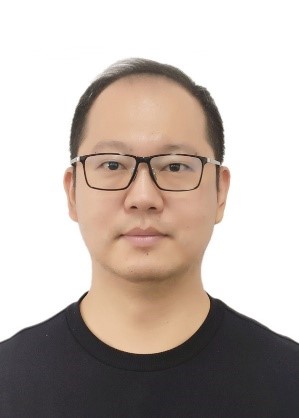
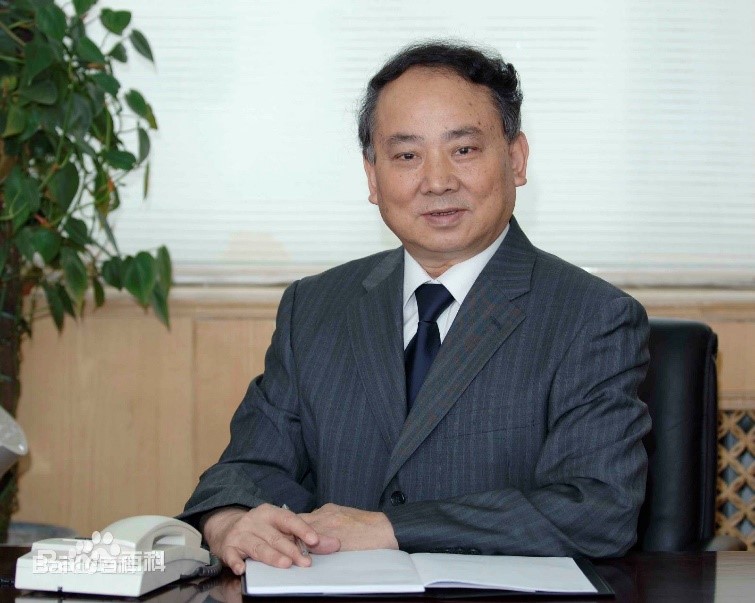
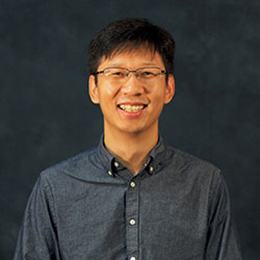
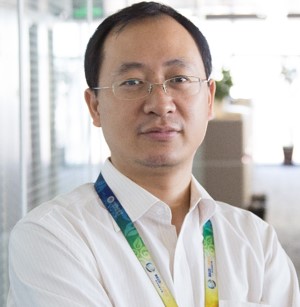

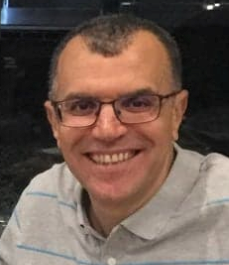
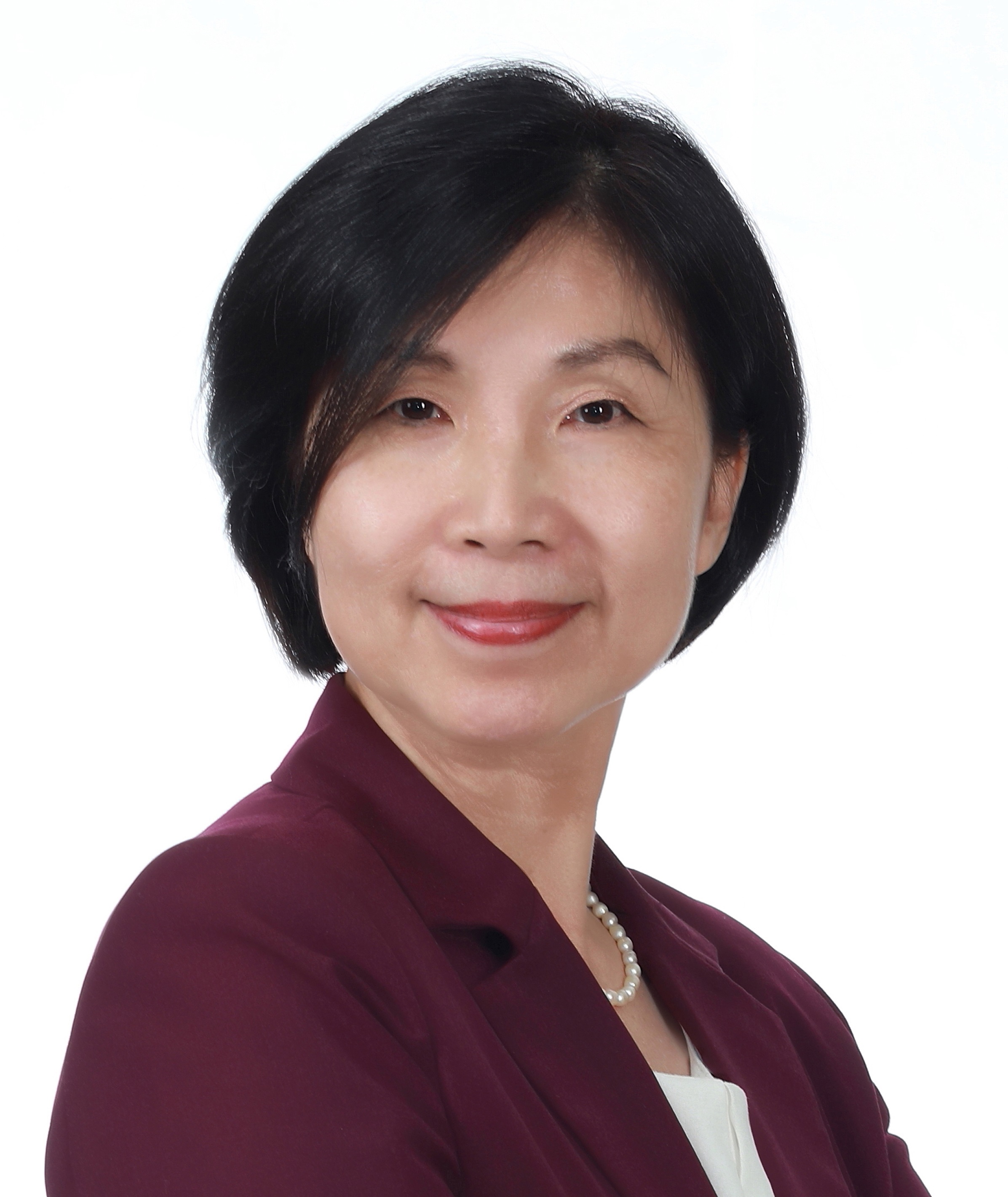
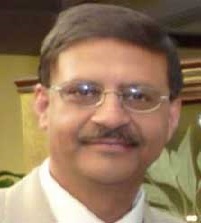
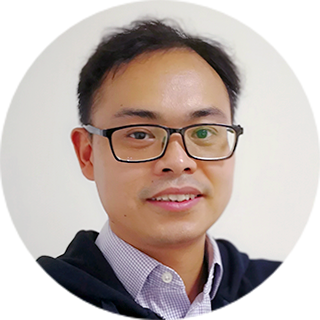
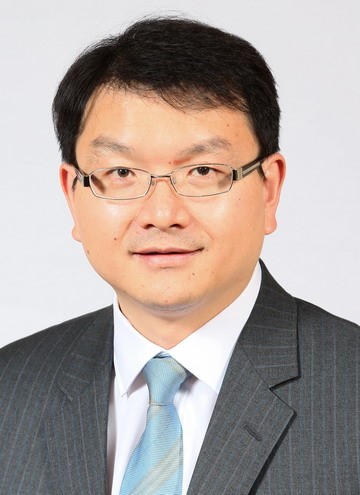
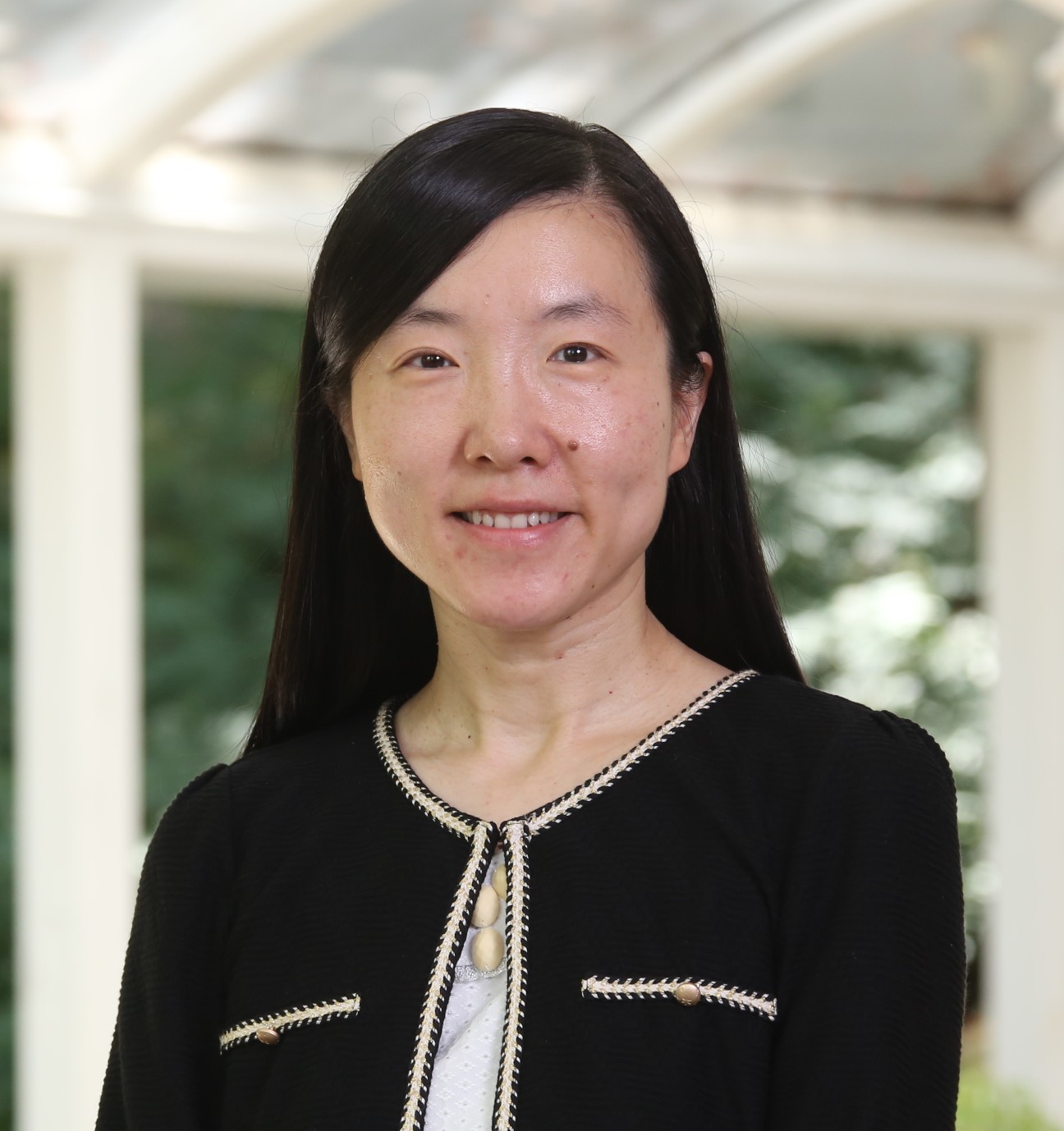
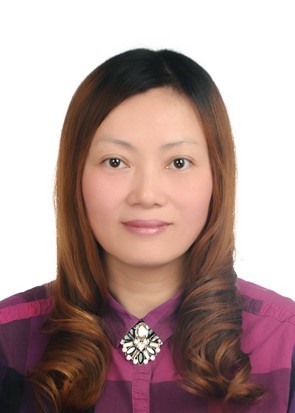
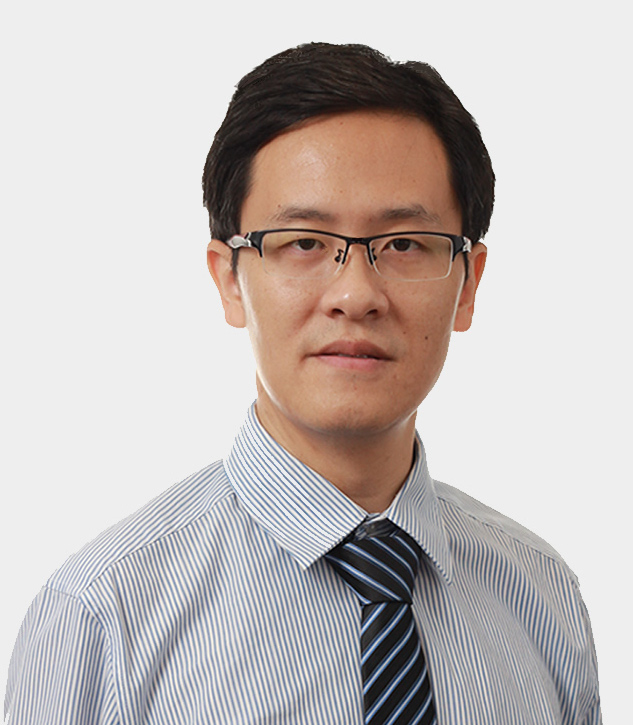
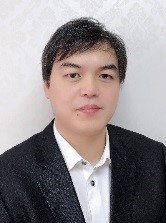
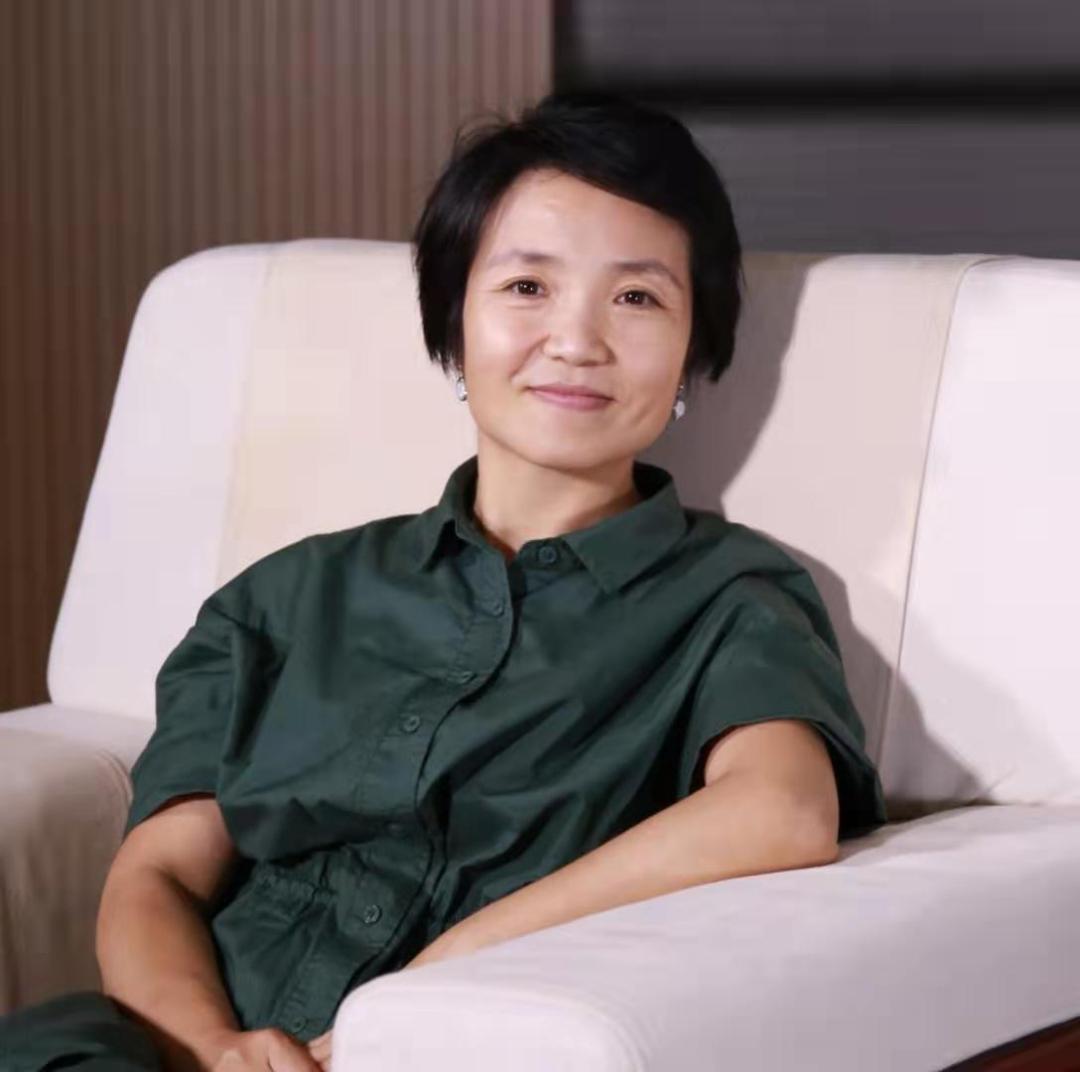
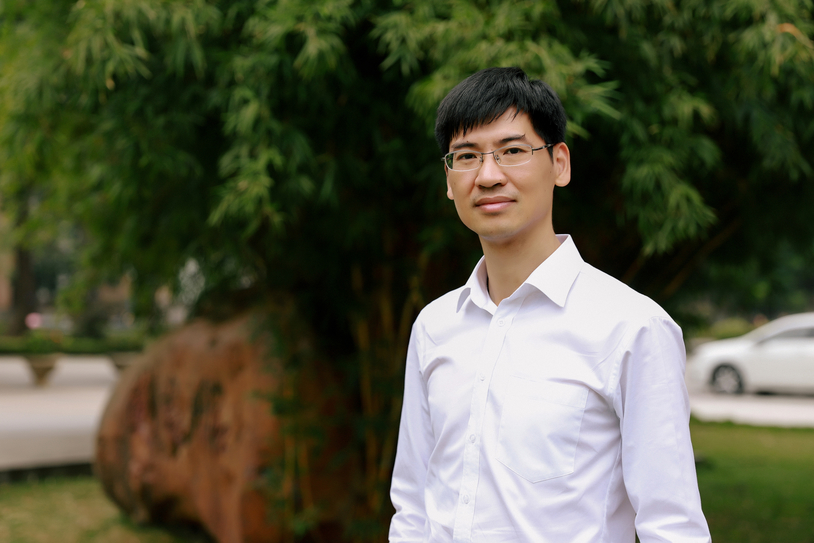
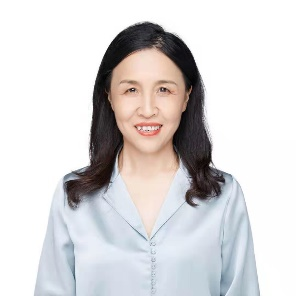
.jpg)
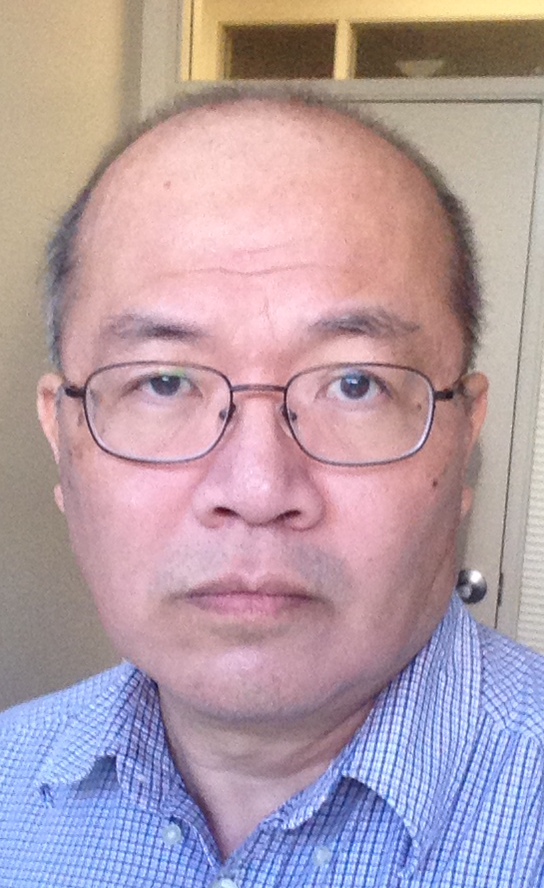
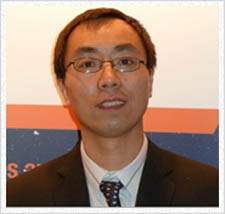
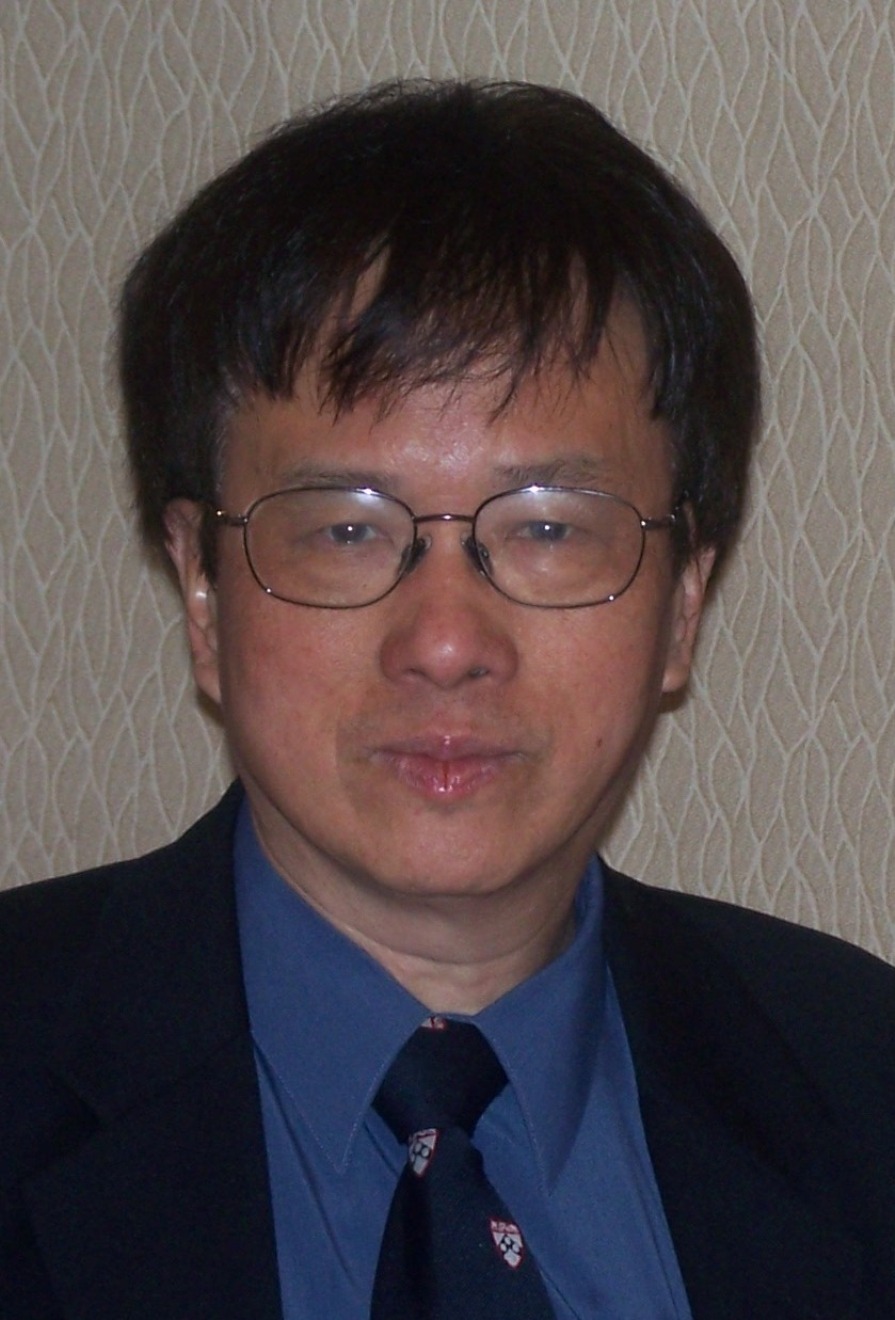
-1.jpg)

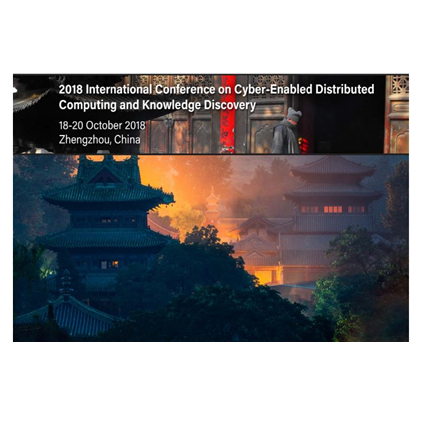
-4.jpg)
